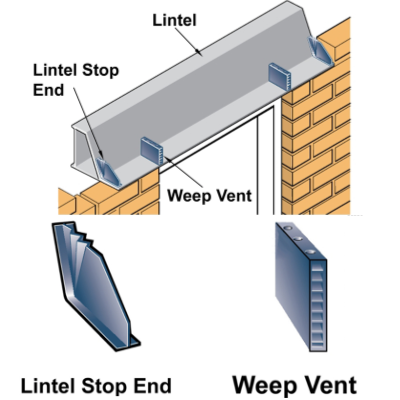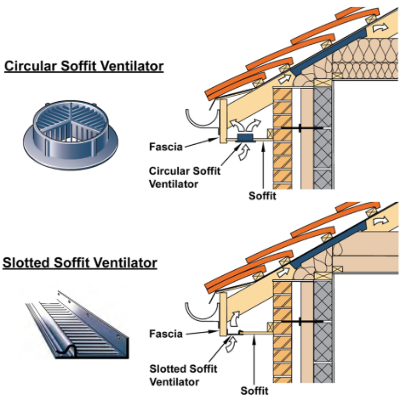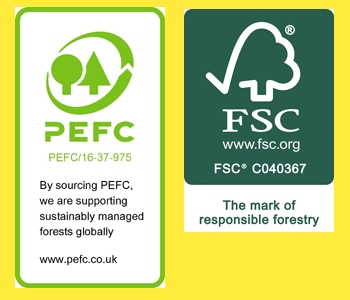the purpose of moisture release
Moisture release is an important consideration in building construction as it affects the structural integrity and durability of a building. When building materials such as wood, concrete, or drywall are exposed to moisture during construction, it can cause the materials to swell, warp, or rot, leading to structural damage or other problems.
The purpose of moisture release is to ensure that any moisture that is present in the building materials is allowed to evaporate or escape over time, reducing the risk of damage and promoting the longevity of the building. This is particularly important during the construction process when building materials are often exposed to rain, humidity, or other sources of moisture.
There are several ways to promote moisture release in building construction. One common method is to allow building materials to acclimate to the surrounding environment before installation. This involves storing materials in the same environment where they will be installed, allowing them to adjust to the temperature and humidity levels of the space.
Another method is to provide adequate ventilation in the building during and after construction, allowing air to circulate and moisture to escape. This can be achieved through the use of soffit ventilators, weep vents, and other types of ventilation systems.
Proper moisture release is essential for ensuring the longevity and structural integrity of a building. By taking steps to promote moisture release during construction, builders can prevent problems such as rot, warping, and mold growth, and create a safe and healthy environment for occupants.
Weep Vent
Weep vents are an essential component of modern building construction. They play a vital role in ensuring that moisture and water vapour do not accumulate inside a building's walls, causing damage to the structure and creating unhealthy indoor living conditions.
Weep vents are small openings located at the bottom of a wall, which allows moisture to escape from the interior of the wall cavity, mainly at the base of masonry constructions every 450mm to 1 metre centres.
This cavity is the space between the exterior and interior walls of a building, and it is where insulation and other building materials are placed.
Without proper ventilation, moisture can accumulate within this cavity, leading to mould growth, decay, and structural damage. Weep vents provide an escape route for this moisture, allowing it to drain away from the building and preventing potential problems.
Weep vents are typically made of materials such as plastic or metal, and they are designed to be unobtrusive and blend in with the surrounding building materials. They are usually placed every few feet along the bottom of the exterior wall, and they can be easily installed during the construction process.

Soffit Ventilators
Soffit ventilators play an important role in building construction, as they help to regulate airflow and prevent moisture buildup in a building's attic or roof space. They are typically installed on the underside of a roof overhang or eaves, and they allow air to flow into the attic space, which helps to prevent the buildup of heat and moisture.
One of the main benefits of soffit ventilators is that they provide a continuous source of fresh air to the attic or roof space, which is essential for maintaining healthy indoor air quality and preventing the growth of mould and mildew. By allowing air to circulate freely through the attic or roof space, soffit ventilators also help to regulate temperature, which can reduce energy costs associated with heating and cooling.
Soffit ventilators come in a variety of shapes and sizes, and they can be made from a range of materials, including plastic, metal, and wood. They can be installed during the construction process or retrofitted onto an existing building.
When designing or installing soffit ventilators, it is important to consider factors such as the size and shape of the roof, the climate in the area, and the type of insulation used in the building. Proper installation and maintenance of soffit ventilators are essential for ensuring their effectiveness and preventing problems such as clogging or damage from weather or pests.








